The council will delve into the ongoing tug-of-war between military and intelligence agency leaders.


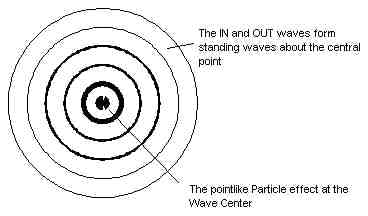
On Truth and Reality — Uniting Metaphysics, Philosophy, Physics and Theology (Science and Art) from One Thing, Absolute Space and the Spherical Standing Wave Structure of Matter. From Matter as ‘Particles’ generating ‘Fields’ in ‘Space-Time’, to Matter as Spherical Standing Waves in Space. The Wave-Center Causes ‘Particle Effect’, Wave Motion of Space Causes ‘Time’, Wave Interactions cause ‘Forces / Fields’
Explore the latest breakthroughs in science with us! From the mind-boggling discovery of the Big Ring in space to revolutionary advancements in battery technology, get ready to be amazed!
Warographics: / @warographics643
MegaProjects: / @megaprojects9649
Into The Shadows: / intotheshadows.
Today I Found Out: / todayifoundout.
Highlight History: / @highlighthistory.
Brain Blaze: / @brainblaze6526
Casual Criminalist: / thecasualcriminalist.
Decoding the Unknown: / @decodingtheunknown2373
Places: / @places302
Astrographics: / @astrographics-ve4yq

An international research team at the Facility for Rare Isotope Beams (FRIB) at Michigan State University has successfully created five new isotopes, bringing the stars closer to Earth.
The isotopes — known as thulium-182, thulium-183, ytterbium-186, ytterbium-187, and lutetium-190 — were reported Feb. 15 in the journal Physical Review Letters.
These represent the first batch of new isotopes made at FRIB, a user facility for the U.S. Department of Energy Office of Science, or DOE-SC, supporting the mission of the DOE-SC Office of Nuclear Physics. The new isotopes show that FRIB is nearing the creation of nuclear specimens that currently only exist when ultradense celestial bodies known as neutron stars crash into each other.
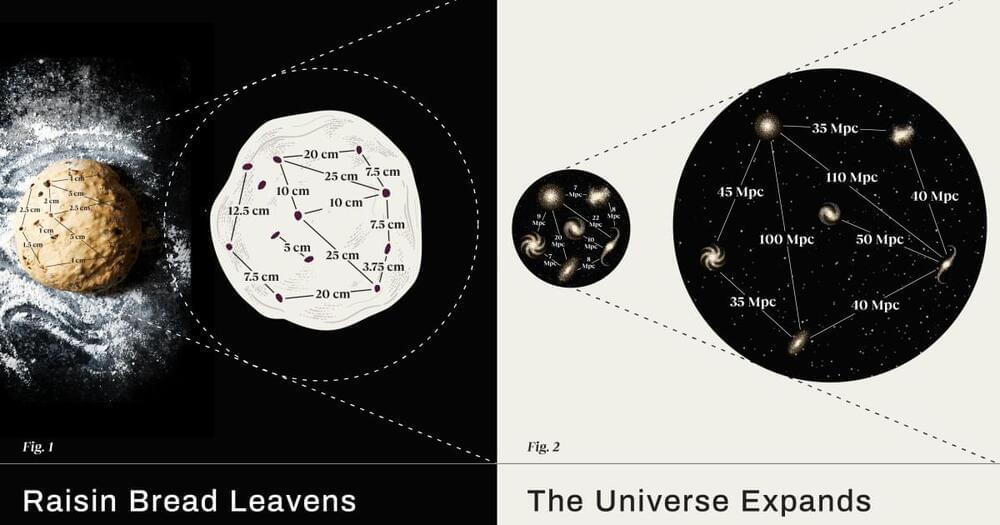
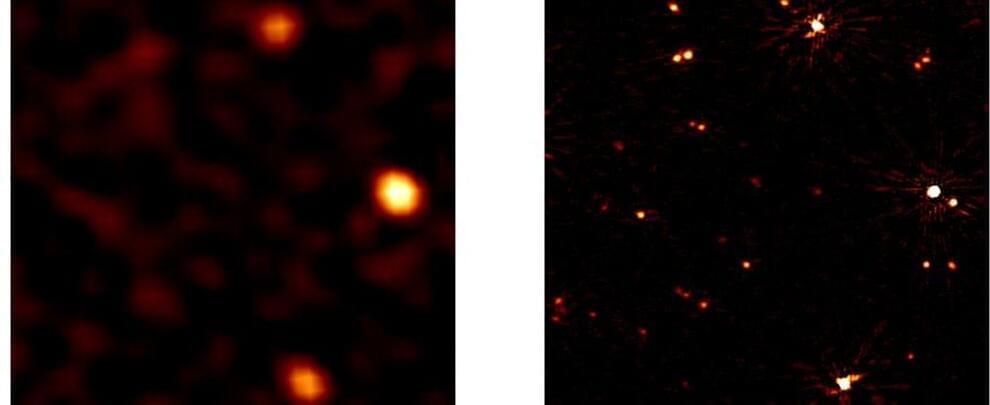
The very lowest frequencies of the radio Universe have just been revealed in spectacular clarity.
A team of astronomers has used a new calibration technique to give us the first sharp images of the radio Universe in the frequency range of 16–30 megahertz – an achievement previously thought impossible, due to the turbulent interference generated by Earth’s ionosphere.
“It’s like putting on a pair of glasses for the first time and no longer seeing blurred,” says astronomer Christian Groeneveld of Leiden University in the Netherlands, who led the research.
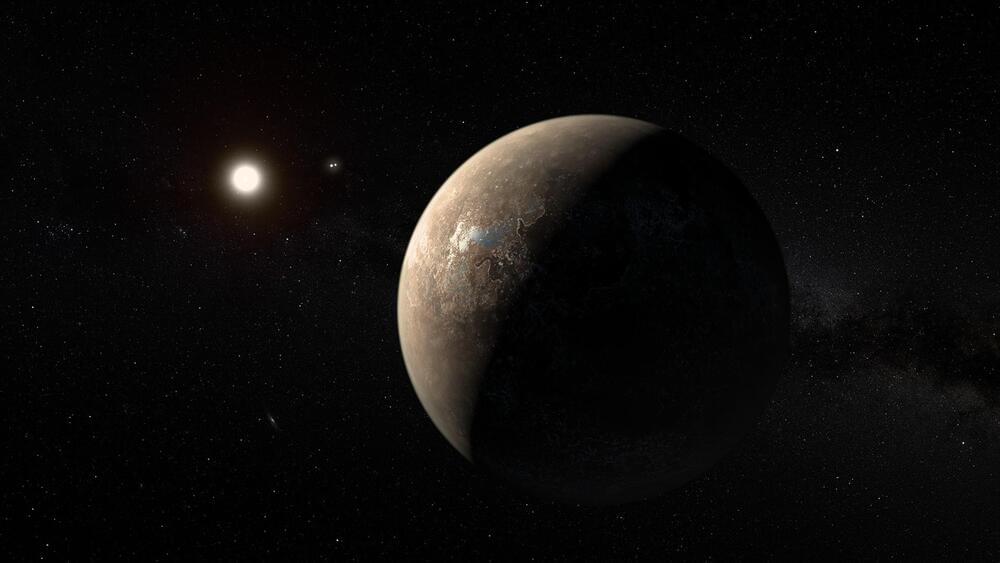
How can studying an exoplanet’s ozone help astronomers better understand its habitability potential? This is what a recent study published in the Monthly Notices of the Royal Astronomical Society hopes to address as a team of international researchers investigated how an ozone on the nearest exoplanet to Earth, Proxima Centauri b, could influence its own climate over time. This study holds the potential to help astronomers better understand how an exoplanet’s ozone could influence its formation, evolution, and potential habitability, and could have implications on how astronomers study Earth-like exoplanets throughout the cosmos.
“Imagine a world where ozone affects temperature and wind speed and holds the key to a planet’s very habitability,” said Dr. Assaf Hochman, who is a senior lecturer in the Institute of Earth Sciences at the Hebrew University of Jerusalem and a co-author on the study. “Our study unveils this intricate connection and underscores the importance of considering interactive ozone and other photochemical species in our quest to understand Earth-like exoplanets.”
For the study, the researchers used a series of computer simulations to ascertain how an active ozone on Proxima Centauri b could influence the exoplanet’s climate and potential habitability. In the end, the researchers discovered that an ozone layer on Proxima Centauri b could greatly influence the temperature and wind circulation patterns throughout its atmosphere. Additionally, they also found altitude also played a high role in the atmospheric temperature and temperature variances, as well. The researchers emphasized how these findings could help future researchers better understand the potential habitability of an exoplanet, noting how a potential ozone layer on Proxima Centauri b could greatly influence its climate.
Astronomy Magazine — Project Lyra is the cover feature!
A big thank you to Maciej Rebisz for the images and the entire Project Lyra team for the research work!
Project Lyra develops concepts for reaching interstellar objects such as 1I / ‘Oumuamua and 2I / Borisov with a spacecraft, based on near-term technologies. But what is an interstellar object?
On October 19th 2017, the University of Hawaii’s Pan-STARRS 1 telescope on Haleakala discovered a fast-moving object near the Earth, initially named A/2017 U1. It is now designated as 1I/’Oumuamua. This object was found to be not bound to the solar system. It has a velocity at infinity of ~26 km/s and an incoming radiant (direction of motion) near the solar apex in the constellation Lyra. Due to the non-observation of a tail in the proximity of the Sun, the object does not seem to be a comet but an asteroid. More recent observations from the Palomar Observatory indicate that the object is reddish, similar to Kuiper belt objects. This is a sign of space weathering.
When will such an object visit us again? End of 2019, a second interstellar object, 2I/Borisov was discovered, which is a comet. As 1I/‘Oumuamua and 2I/Borisov are the nearest macroscopic samples of interstellar material, the scientific returns from sampling the object are hard to overstate. Detailed study of interstellar materials at interstellar distances are likely decades away, even if Breakthrough Initiatives’ Project Starshot, for example, is vigorously pursued. Hence, an interesting question is if there is a way to exploit this unique opportunity by sending a spacecraft to 1I/’Oumuamua to make observations at close range.
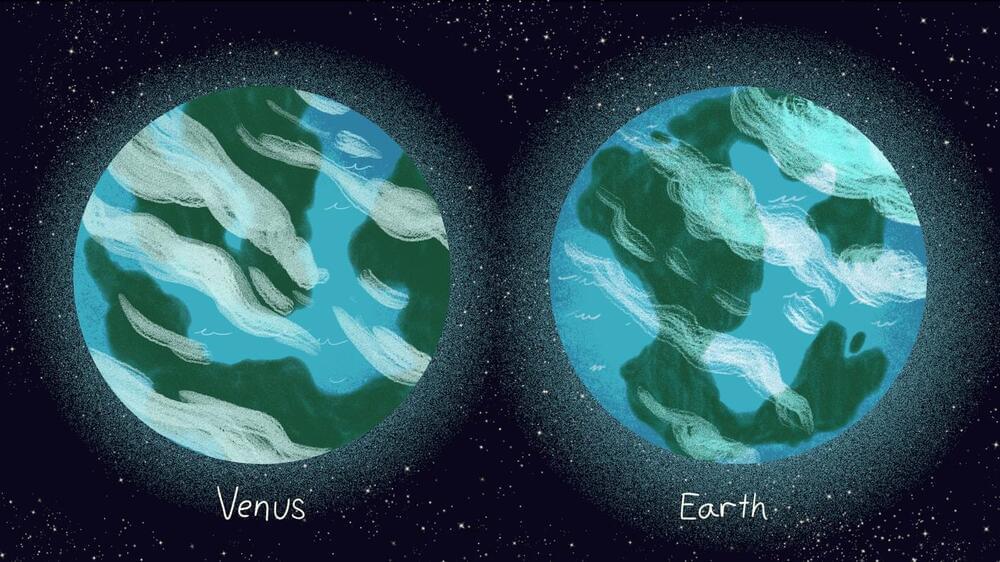
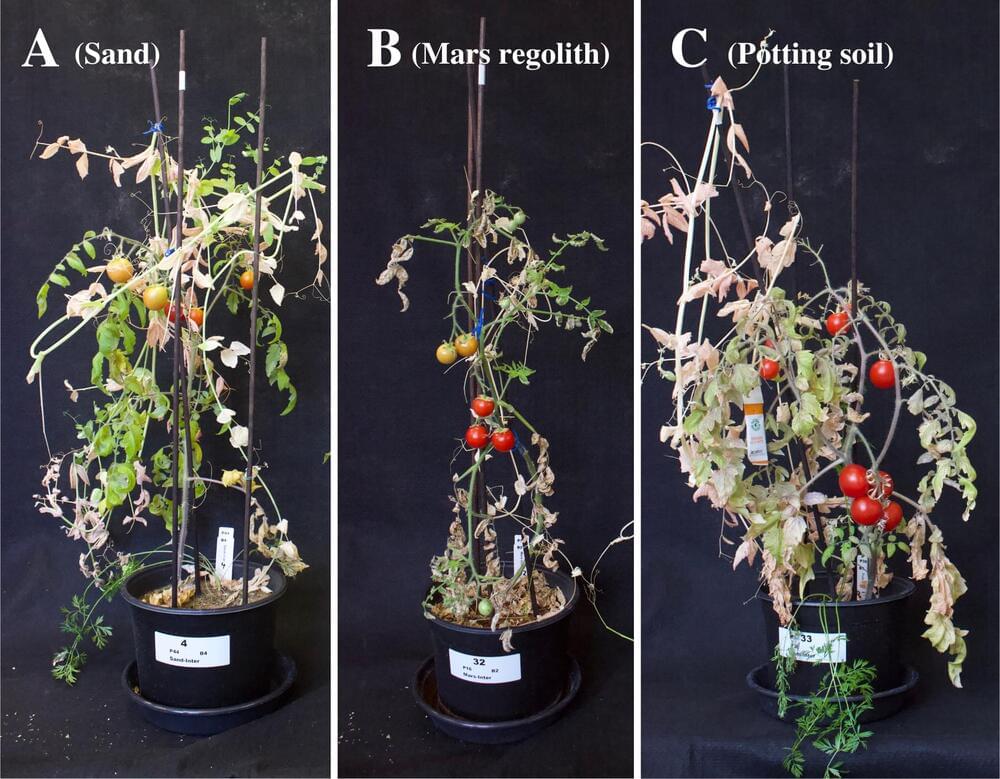
If humans build settlements on Mars, how will they feed ourselves? Waiting on deliveries from Earth would take too long and costs would be exorbitant, since getting to the Red Planet is currently a nine-month one-way journey. On top of that, dehydrating foodstuff—the best preservation method for perishables sent to space—removes vital nutrients.
More than likely, Martian settlers will need to grow their own food.
Researchers are now exploring how best to optimize crop yield on Mars using intercropping, a technique perfected by Maya farmers centuries ago that involves growing multiple plants in close proximity to one another. Their findings—published this month in the journal Plos One—could not only benefit the pioneers who end up colonizing the Red Planet, but also farmers here on Earth amid a rapidly changing climate.